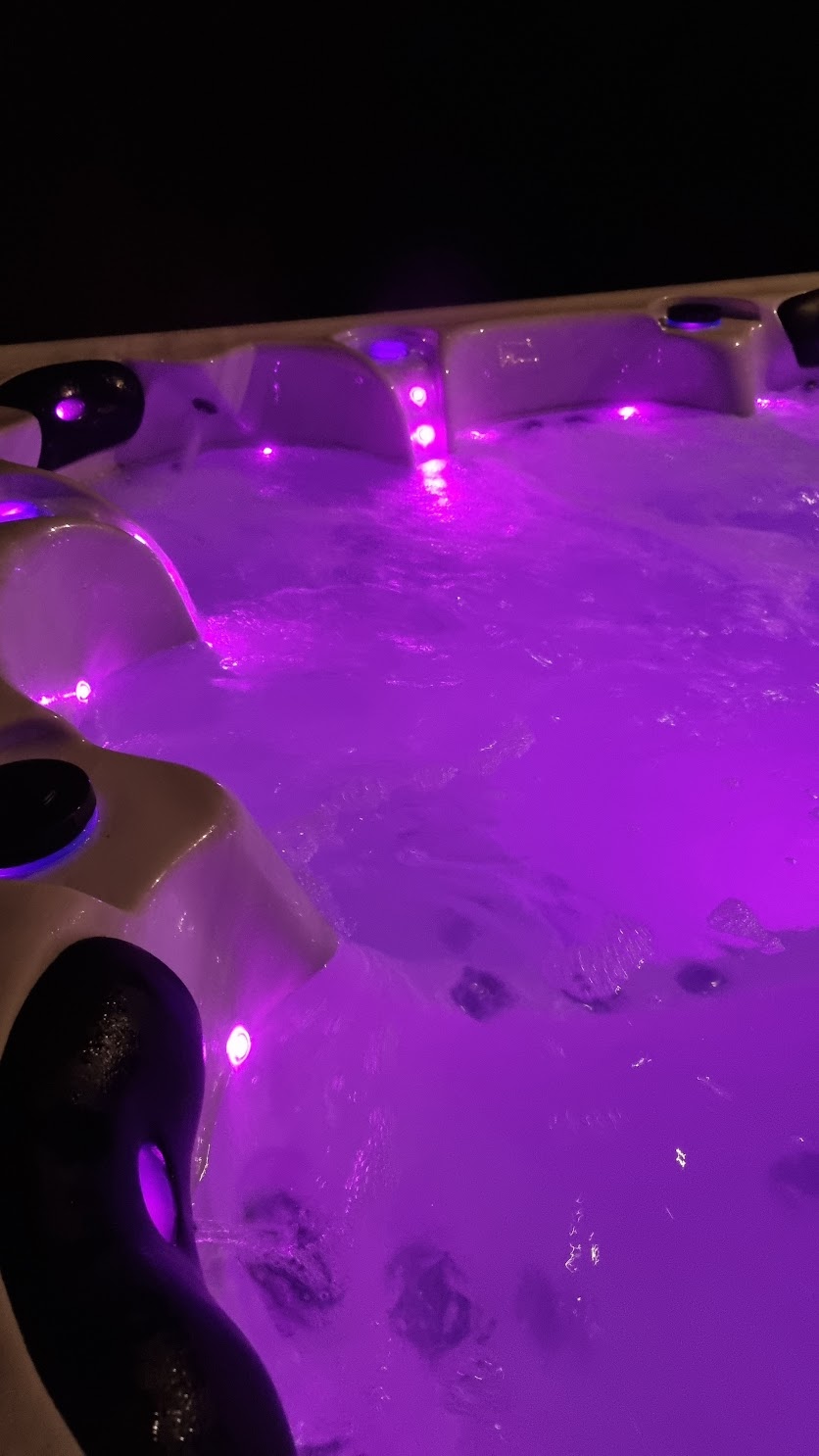When it comes to relaxation and rejuvenation, traditional wellness practices often hold the key to unlocking a world of holistic well-being. One such ancient therapy that has been gaining popularity in modern spa culture is the honey massage. This luxurious treatment not only has a rich history but also offers a myriad of benefits for the mind, body, and soul. In this article, we will delve into the origins, features, benefits, contraindications, and client preparations associated with honey massage, and why a 24-hour period of washing with water (without soap) is recommended post-treatment.
Origins of Honey Massage
Honey massage has deep roots in various cultures, dating back to ancient Egypt, China, and Greece. Cleopatra, the iconic Egyptian queen known for her beauty, was said to have used honey in her skincare regimen. Honey massage was often employed in these civilisations for its therapeutic properties. Today, it has evolved into a popular spa treatment enjoyed worldwide.
Features of Honey Massage
Honey massage is a unique therapy that combines the soothing touch of a massage with the natural healing properties of honey. Here are some key features:
- Massage Technique: In a typical honey massage session, a therapist will apply honey to your skin and then use specific massage techniques to work it into the muscles and tissues. This can be done with the hands or sometimes with specialised tools like honey sticks.
- Sticky Sweetness: The honey used in this treatment is typically warm and liquid. It is spread evenly over the skin, allowing it to seep into the pores and detoxify the body.
- Detoxification: Honey has natural antibacterial properties and is known for its ability to draw out toxins from the body. During the massage, the honey acts as a natural detoxifier.
Benefits of Honey Massage
Honey massage offers a wide range of benefits:
- Skin Rejuvenation: The natural enzymes in honey exfoliate the skin, leaving it soft, smooth, and radiant.
- Pain Relief: The massage technique helps relieve muscle tension, reduce inflammation, and alleviate pain, making it an excellent choice for those with sore muscles or joint issues.
- Improved Circulation: Honey massage stimulates blood flow, which can help enhance circulation and oxygenate the body’s cells.
- Stress Reduction: The soothing nature of the massage and the sweet aroma of honey can promote relaxation and reduce stress levels.
When NOT to have a Honey Massage (Contraindications)
While honey massage is generally safe and well-tolerated, there are some contraindications to consider:
- Allergies: Individuals with allergies to bee products should avoid honey massage.
- Open Wounds: People with open wounds or skin conditions like eczema or psoriasis should not undergo this treatment.
- Diabetes: Due to the high sugar content of honey, individuals with uncontrolled diabetes should avoid honey massage.
Before the Treatment:
- Hydration: It’s important to be well-hydrated before the massage to maximise the detoxifying effects.
- Avoid Heavy Meals: Try not to eat a heavy meal immediately before the treatment, as it can be uncomfortable to lie on a full stomach.
After the Treatment:
- Avoid Soap: For the next 24 hours following the massage, it is advised to only wash with water and not use soap. This allows the skin to continue benefiting from the honey’s nourishing effects.
- Hydration: Drink plenty of water to help flush out toxins from the body.
Honey massage is a luxurious and ancient therapy that provides numerous benefits, from skin rejuvenation to stress reduction. With its rich history and modern applications, it’s no wonder that this treatment has become a sought-after spa experience. However, it’s crucial to heed contraindications and follow post-treatment guidelines to ensure a safe and enjoyable experience. So, indulge yourself in the golden elixir of honey massage at Emerald Spa, and let its natural sweetness revitalise your body and soul.


